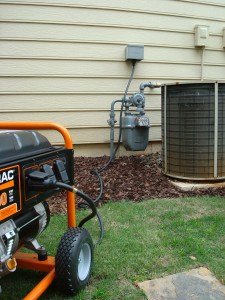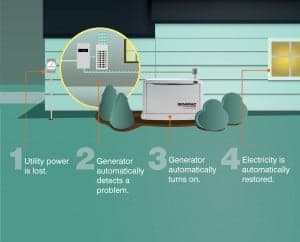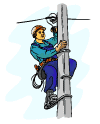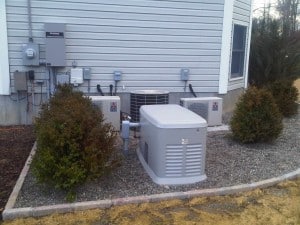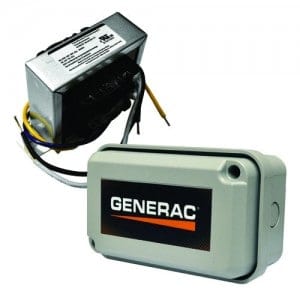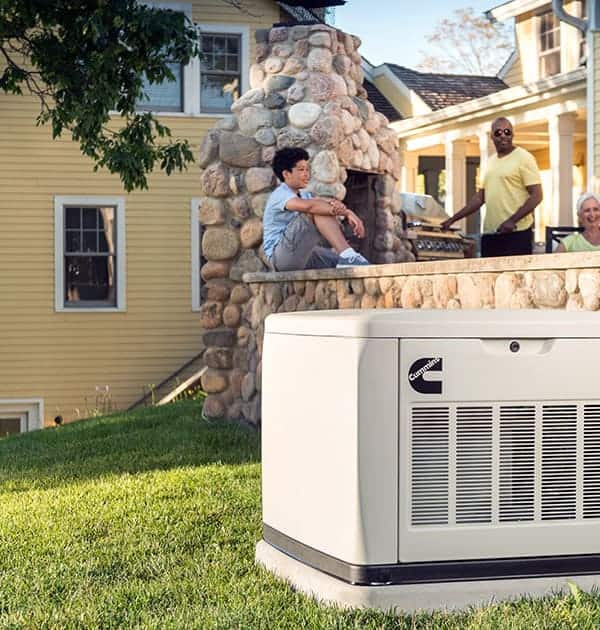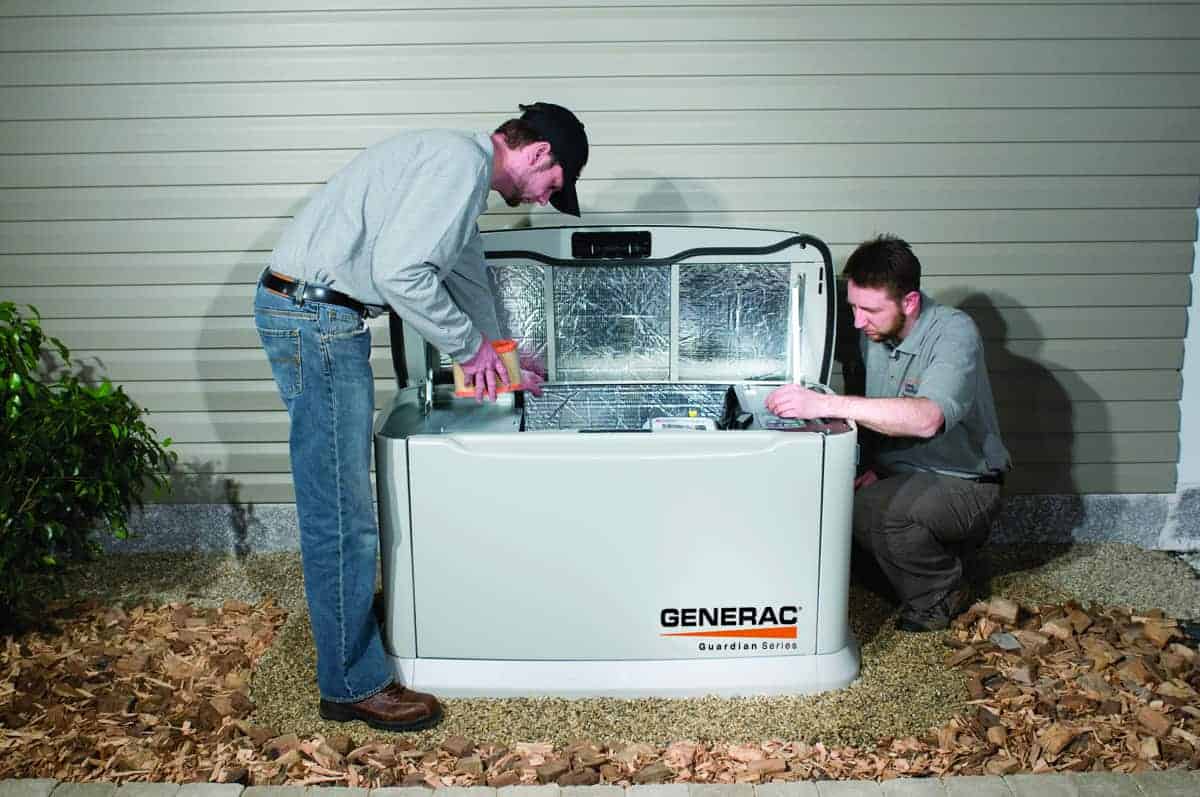An important component of any generator system for backup power to a building that relies on an electric utility for its main source of power is the transfer switch.
Transfer switches fall into two main classifications: Automatic Transfer Switches and Manual Transfer Switches.
The transfer switch provides a number of functions that make it a necessary part of any emergency backup power system.
Portable generators use a Manual Transfer Switch for a Generator (MTS). Standby generators use an Automatic Transfer Switch (ATS).
Transfer Switches
Whether manual or automatic, transfer switches connect and disconnect utility and generator lines in a “Break—Make” operation. They “break” the current connection before they “make” the new connection.
Normal Operation: The transfer switch isolates the generator from the utility distribution grid. The generator is disconnected from the building’s electrical system and all power is supplied by the utility.
Outage Operation: As the transfer switch moves from utility (Line) to generator (Gen) mode, the utility connection is broken, then the generator connection is made. When Normal Operation is resumed, the generator connection is first broken, then the utility connection is made again.
An automatic transfer switch performs these operations without human intervention. Manual transfer switches require someone to select the switch position.
Utility Worker Protection
Transfer switches protect utility workers against electrocution by preventing unexpected current at high voltage on the local utility lines.
The electric utility distributes power in neighborhoods and to businesses at a high voltage. Common neighborhood voltage levels may be 4,000 volts, 13,000 volts, or as high as 33,000 volts. Before it is supplied to the building, the utility steps down the voltage with a transformer to 240 volts for most homes and small businesses. Some commercial buildings require higher voltages.
The transformer can work in either direction. It can step 13,000 volts down to 240 volts, or it can work in reverse and step 240 volts up to 13,000 volts.
A line energized by a generator that wasn’t properly connected will carry the higher voltage stepped up by the transformer. A utility worker that suddenly encounters 13,000 volts on a line they thought was safe could be injured, badly burned, or even killed.
Transfer switches prevent this from happening.
Generator and Building Protection
Although the generator and the electric utility both produce AC power, it is very unlikely that the frequency cycles are matched. The combination of electricity from both the utility and from generator at the same time will cause the equivalent of an unprotected short circuit.
In a best-case scenario, the generator’s main breaker will trip and take the unit off line. In the world of electricity however, the time it takes for a main breaker to trip is a lifetime. Main breakers are designed to allow a certain level of overload current for a very short period of time in order to allow motors and similar equipment to start.
During this short period, the generator could be damaged beyond repair.
Any condition that could damage the generator could also damage the home’s electrical system or the appliances connected to it. Motors can burn out and electronics can overheat.
Transfer switches eliminate the need for multiple extension cords (a possible safety hazard) and allow hard-wired appliances to operate on generator power.
Auxiliary Functions
Some automatic transfer switches also provide functionality beyond making and breaking utility and generator connections. The controllers in some standby generators monitor the utility supply lines, while some manufacturers leave that function up the transfer switch.
Load management is also a function usually delegated to the transfer switch. Loads with high current draw such as central air conditioners, electric ranges, water heaters, and well pumps may overload a generator when demand is high.
For example, if there is enough generator power for the first high-current load to run, but not the second, a transfer switch that employs load management allows the first load to operate while the second load waits. After the first load stops, the second is allowed to run.
An automatic transfer switch that manages power may allow a generator to serve an entire home, even if it can’t run all the high-current loads at the same time.


